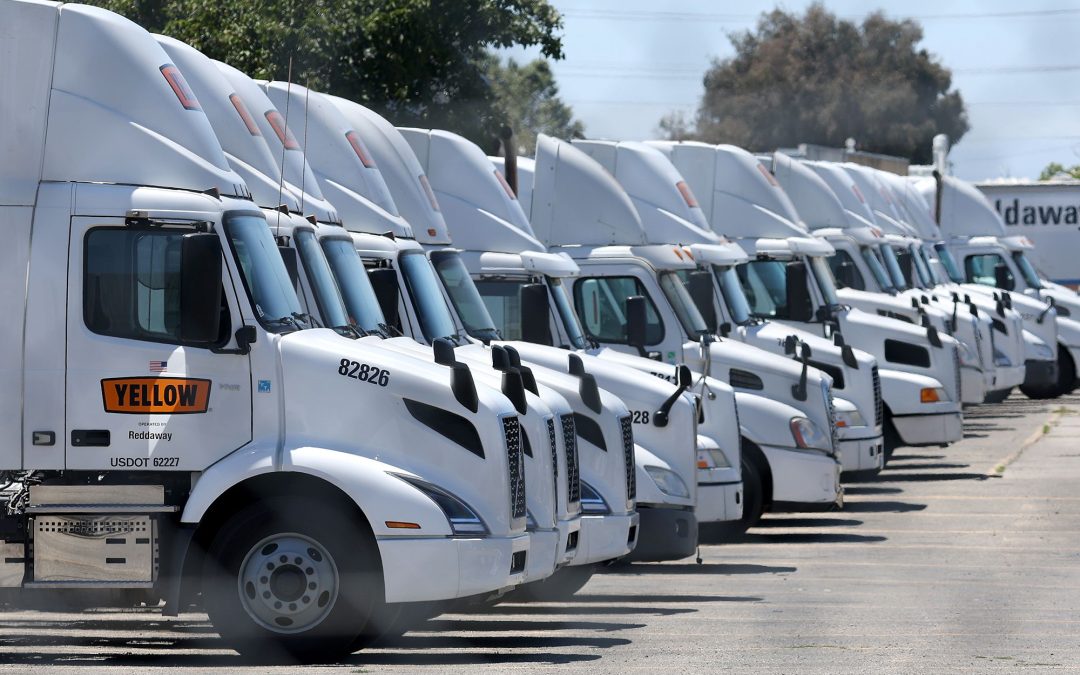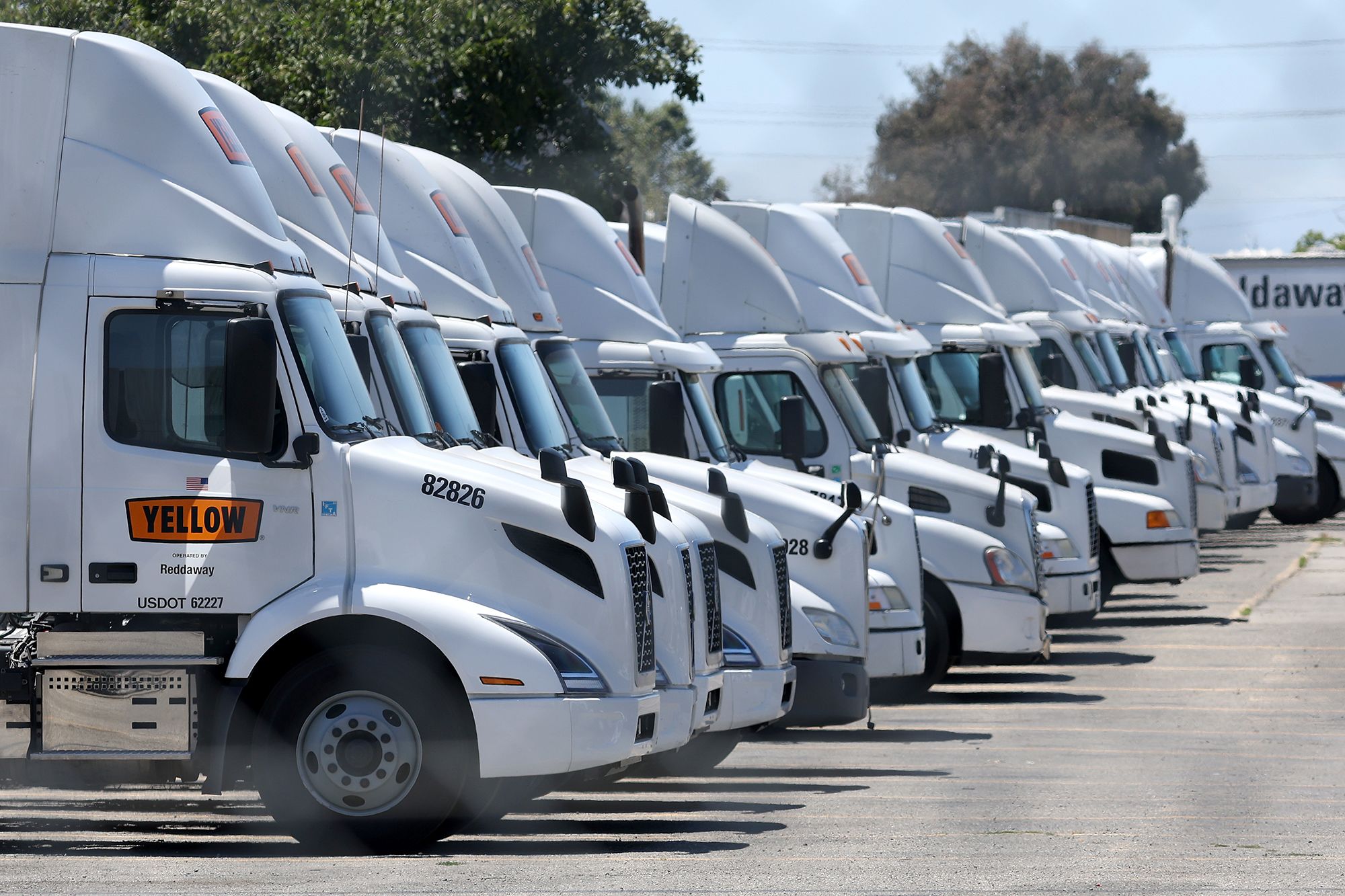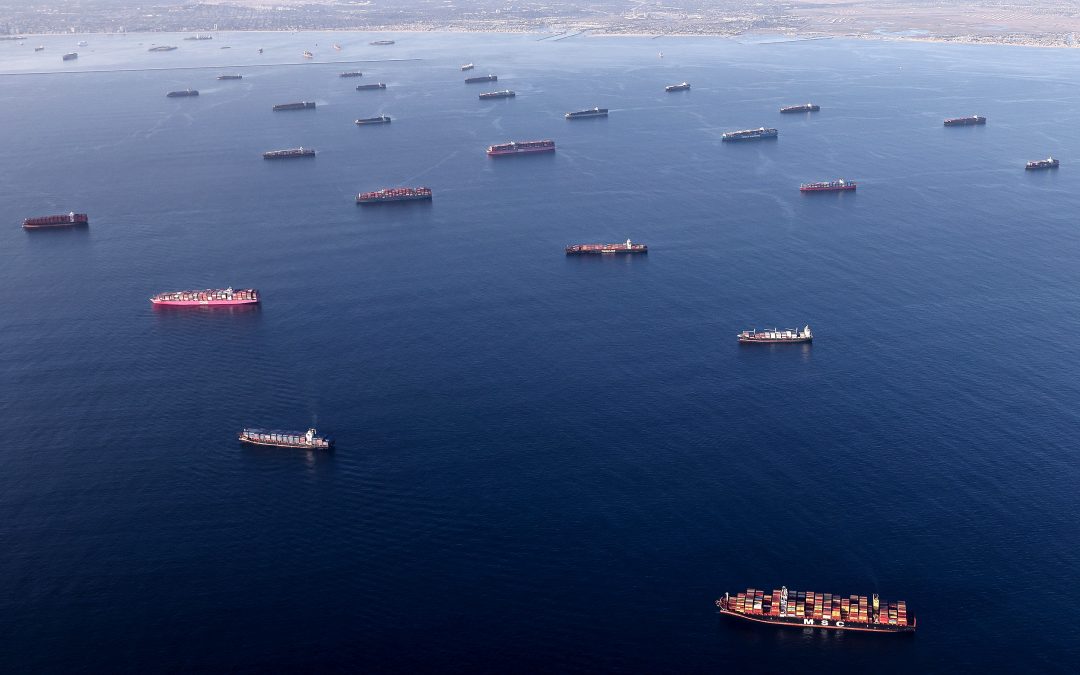
Trucking Scams: Safeguarding Brokers and Carriers from Fraud

Introduction
In the vast and dynamic world of trucking, where goods are transported across miles of highways and byways, there exists an unfortunate dark side – trucking scams. These scams can have devastating financial and operational consequences for both brokers and carriers involved in the industry. In this blog post, we’ll delve into the world of trucking scams, exploring common tactics used by fraudsters and offering practical strategies that brokers and carriers can implement to protect themselves and their businesses.
Understanding Trucking Scams
Trucking scams encompass a range of fraudulent activities that exploit the trust-based relationships between brokers, carriers, and shippers. Fraudsters employ cunning methods to deceive and manipulate, leading to financial losses, cargo theft, and damage to reputations. By becoming familiar with these tactics, brokers and carriers can better arm themselves against potential scams.
Common Trucking Scams
Load Fraud: Fraudsters pose as legitimate carriers, accepting loads from brokers but disappearing before delivery. They may provide falsified documentation and unreachable contact information.
Double Brokerage: Scammers act as intermediaries between brokers and carriers, reselling loads to multiple parties. This not only confuses the supply chain but also results in delayed deliveries and payment disputes.
Identity Theft: Fraudsters steal carrier identities to hijack legitimate shipments or create counterfeit businesses, leading to cargo theft and unauthorized use of company information.
Fake Documentation: Scammers provide forged insurance certificates, licenses, and other documents to gain trust and secure loads. This puts both brokers and carriers at risk of legal repercussions.
Payment Scams: Fraudulent carriers may demand upfront payment for non-existent services or manipulate payment terms after the load has been transported, leaving brokers in financial turmoil.
Protective Measures for Brokers and Carriers
Thorough Vetting: Brokers should carefully verify carrier credentials, licenses, and insurance before engaging in any business transactions. Carriers should also vet brokers to ensure their legitimacy.
Use Reputable Platforms: Utilize well-established load boards and digital freight marketplaces that have robust verification processes and user reviews.
Require Documentation: Brokers should demand accurate and up-to-date documentation from carriers, including insurance certificates and operating authority.
Establish Communication Protocols: Maintain open lines of communication with carriers and brokers. Confirm contact information, and establish primary channels for reaching out.
Avoid Upfront Payments: Brokers should refrain from making upfront payments to carriers and establish payment terms that align with industry standards.
Implement Technology: Leverage tracking and monitoring technology to ensure the real-time location and status of shipments, reducing the risk of theft and fraud.
Educate Staff: Train employees to recognize potential scams and report suspicious activities promptly.
Conclusion
In the interconnected world of trucking, trust is the foundation upon which successful partnerships are built. Unfortunately, this very trust can be exploited by fraudsters who engage in trucking scams. Brokers and carriers must remain vigilant, adopt proactive measures, and collaborate to protect themselves and the integrity of the industry. By adhering to thorough vetting processes, utilizing reputable platforms, and embracing technology, stakeholders in the trucking industry can fortify their defenses against scams and pave the way for safer and more secure transportation of goods across the nation’s highways. Check out DAT’s take on scams: https://www.dat.com/blog/trucking-scams-how-brokers-and-carriers-can-protect-themselves




